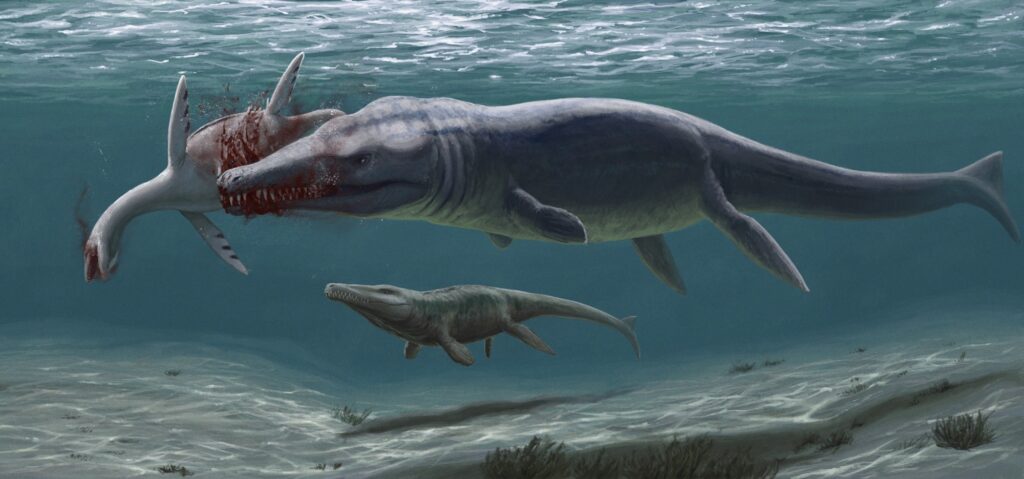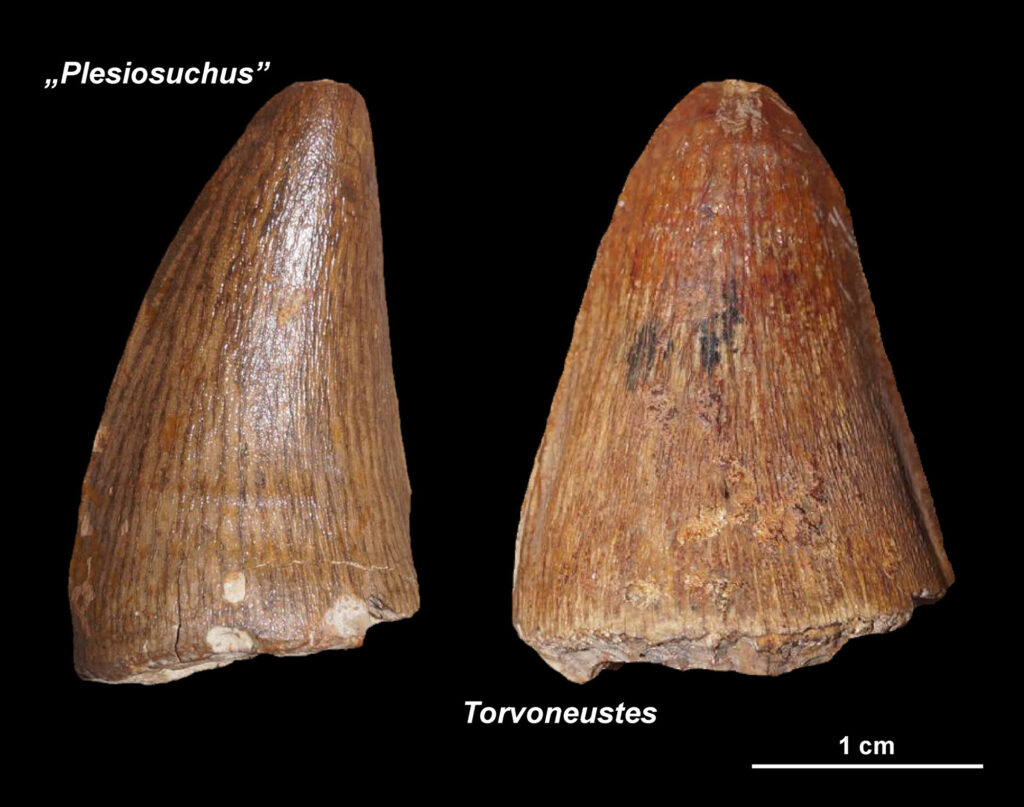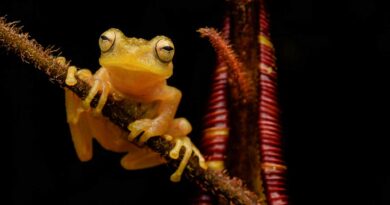UK And German Boffins Classify Fossil Crocodile Teeth Almost 110 Years After They Ended Up In A Museum
University of Edinburgh experts have helped prove that fossil teeth dating back 138 million years found more than a hundred years ago in Europe are from previously unknown species of extinct sea crocodiles.
The two-centimetre- (0.8-in) long teeth were found in a quarry near the Czech town of Stramberk in 1912 and have since been kept at the Natural History Museum in Vienna.
A recent study on the fossil teeth led by Alexander Lukeneder of the museum in the Austrian capital together with others including the University of Edinburgh experts has concluded that they belonged to previously unknown creatures.

The species belong to the extinct Metriorhynchidae family dating back to the Early Cretaceous period around 138 million years ago.
The sea crocodiles would have been around seven metres (23 ft) long and would have inhabited shallow marine ecosystems in North and South America and Europe.
What we now know as their modern-day ancestors’ limbs would have been the newly-discovered extinct species’ fins, and they would also have had moderately elongated snouts.

The species are believed to be the geologically the youngest representatives of metriorhynchid crocodiles.
Analysis of the enamel on the teeth showed that the two crowns belonged to different animal genera – Plesiosuchus and Torvoneustes.
Plesiosuchus hunted other marine reptiles such as pliosaurs, while Torvoneustes fed on fish and ammonites.
The scientists who were part of the team that made the discovery came from the Natural History Museum in Bielefeld, Germany, the Polish Academy of Sciences, the Institute of Hydrogeology, Engineering Geology and Applied Geophysics, Czechia, and the School of GeoSciences at the University of Edinburgh.
The study was published in the open access scientific journal Acta Palaeontologica Polonica.


